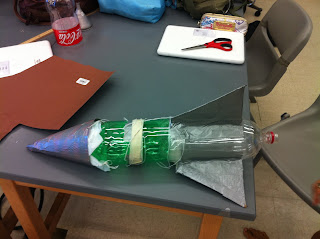Physics is science dealing with energy and motion that relates to real life examples and occurrences. Physics is everywhere in our world, from the sky to the ground, and how to get there in between. Physics is the explanation for nature, and how our universe works.
What did you learn from this class?
From this class, I gained so much knowledge. As there were times when I wanted to break my pencil in half and run around the quad, there were equally, if not more moments where I was laughing nonstop. This class was so compressed, I was worried that I would get behind and perform poorly. However, with help from my friends, I got help when I needed it. Mr. Blake would always patiently listen to my questions, and help me figure out what I didn't understand. Unfathomable concepts became basics to my physics brain. Before the course, I didn't expect anything close to the summer I've had.
What did you like about the class?
I absolutely loved how each concept was relative to something in our daily lives. Doing our homework was pretty easy, because we could identify the concepts from class. Mr. Blake gave us such clear examples and made sure we understood each idea before we left for home.
What could be modified to improve on the class?
I think some labs could've been modified or replaced by a lab more related to the unit idea.
Commentary/Feedback?
I had a lot of fun and learned so much, thank you Mr. Blake!!









